Scientists have precisely quantified convection heat transfer in rail tunnels.
EPFL researchers they estimated how much energy Lausanne could save by fitting the future M3 metro line with a geothermal heat-recovery system, in what would be a world first.
Heat transfer happens in various ways in rail tunnels. For instance, when trains brake or accelerate, they produce heat that warms the surrounding air. That hot air mixes with other air in the tunnel and with heat radiating from the ground.
Until now, engineers have been unable to accurately calculate the amount of heat that tunnel air contains. Researchers at EPFL’s Soil Mechanics Laboratory (LMS) have overcome that problem by precisely estimating the convection heat transfer coefficient. Their findings have been published in Applied Thermal Engineering.
This breakthrough paves the way for innovative applications involving so-called energy tunnels that can supply energy to built environments. The team also tested its model on Lausanne’s future M3 metro line which, once complete, will carry passengers between the city’s train station and the Blécherette district to the north.
Enough heat for 1,500 apartments
Margaux Peltier, a scientific assistant at the LMS, whose Master’s research forms the basis of the article, said:
“Our research shows that fitting the heat-recovery system along 50–60% of the planned route – or 60,000 square meters of tunnel surface area – would cover the heating needs of 1,500 standard 80m2 apartments, or as many as 4,000 Minergie-certified energy-efficient units. Switching from gas-fired heating would cut the city’s CO2 emissions by two million tons per year.”
Her calculation does not include the savings gleaned from metro stations or at the planned rolling-stock depot in the north of the city, which could also benefit from the system.
As the temperature naturally stabilizes in underground tunnels, excess heat or cold is evacuated to the surface. The resulting warm airflow can often be felt at metro tunnel entrances. The idea behind the innovation is to harness this surplus warmth in addition to heat naturally present in the ground.
source EPFL

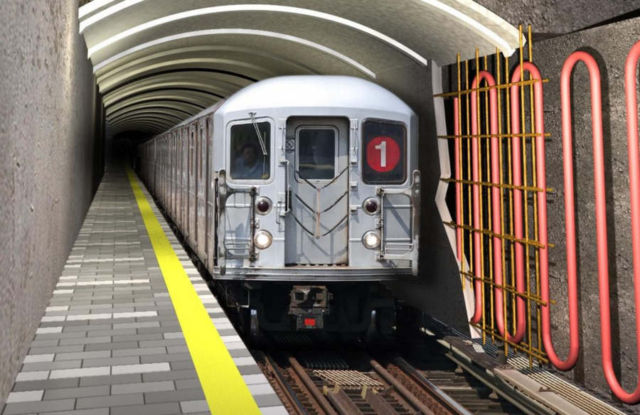
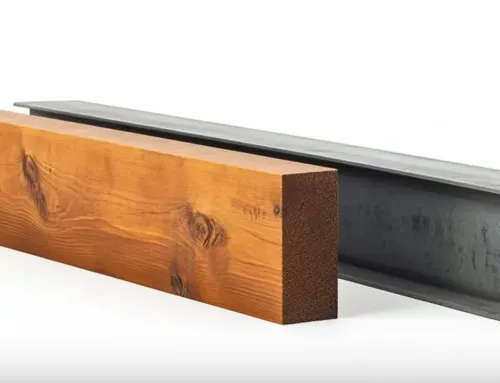
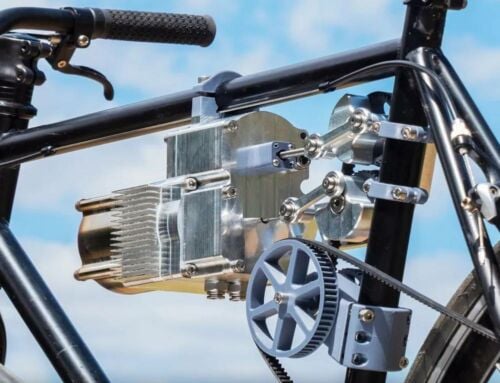
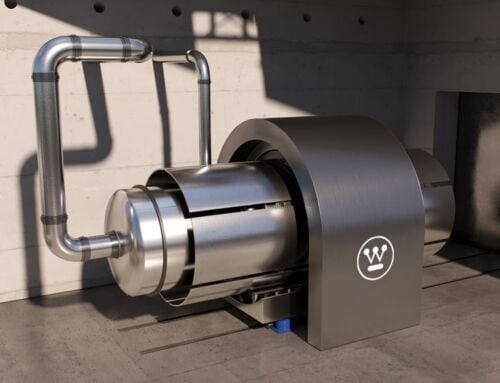
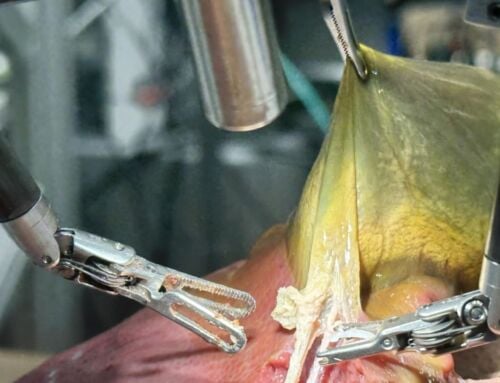
Leave A Comment